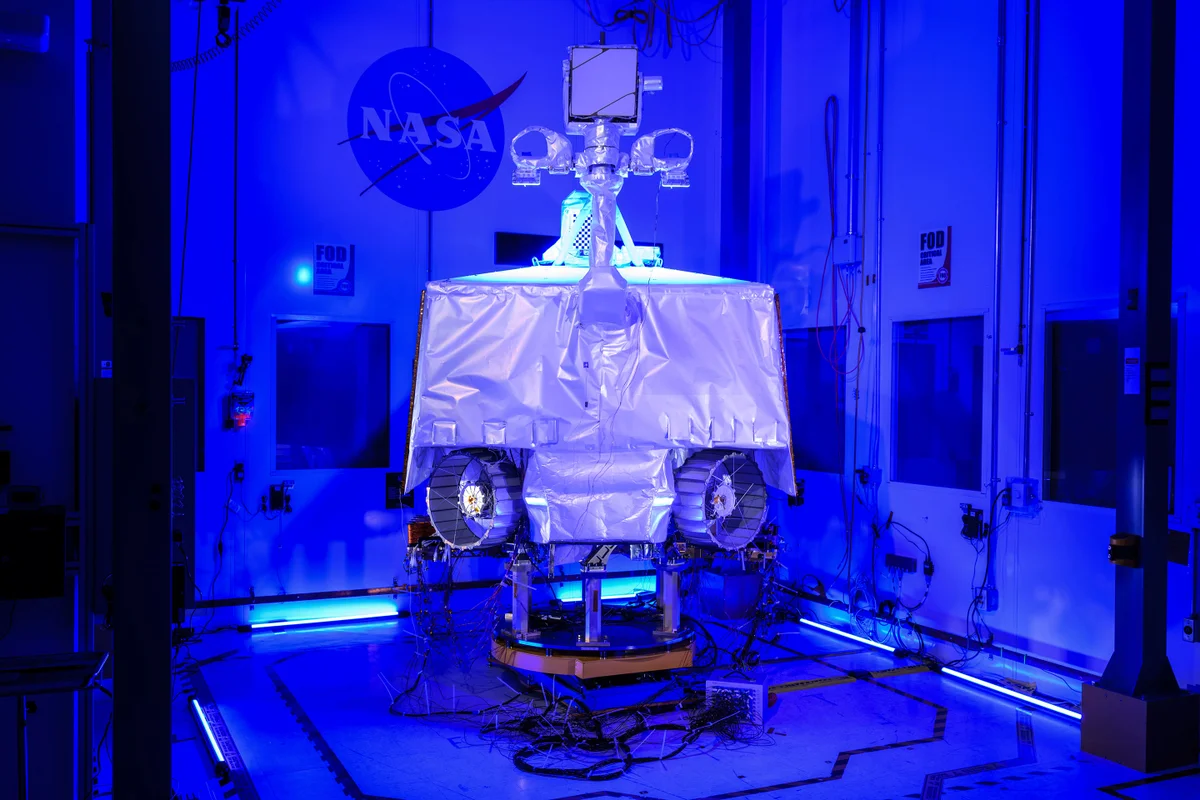By: Jerry Zhang
On Wednesday, July 17, the National Aeronautics and Space Administration (NASA) announced the cancellation of its mission to launch the Volatiles Investigating Polar Exploration Rover (VIPER) to the Moon, despite having already spent about $800 million on the project. VIPER is the latest in a series of projects to be cut amidst setbacks and rising costs.
Originally slated for launch late next year, VIPER was designed to search for water ice near the Moon’s south pole before the arrival of astronauts in the coming years. However, with its cancellation, the rover will be disassembled, and its parts repurposed for other missions. Nevertheless, NASA still plans on paying Astrobotic $323 million to proceed with the launch. While VIPER itself won’t be making the journey, a nonfunctional “mass simulator” will take its place aboard the launch.
As of June, NASA had spent $450 million on VIPER, which is fully assembled with its scientific instruments. However, the rover has not yet undergone the necessary testing to ensure it can withstand space travel. The cancellation is expected to save at least $84 million in additional costs. In a news conference, Nicola Fox, the associate administrator for NASA’s science mission directorate, stated “Decisions like we’ve been discussing today are extremely difficult to make. We don’t make them lightly. We put a lot of thought into the best way to move forward.”
VIPER was initially scheduled for launch in late 2023 but faced delays due to additional testing requirements and disruptions caused by the COVID-19 pandemic. These delays pushed the expected launch date to September 2025. Further delays and cost increases led NASA to decide against adding other scientific payloads to avoid renegotiating the fixed-price contract with Astrobotic.
Despite numerous setbacks in recent months, including the delays with Boeing’s Starliner and the cancellation of VIPER, our determination to return to the Moon remains. As countries such as India and Japan get closer to reaching the moon, humanity will continue to push forward, overcoming challenges, and one day we will successfully return to the lunar surface.











